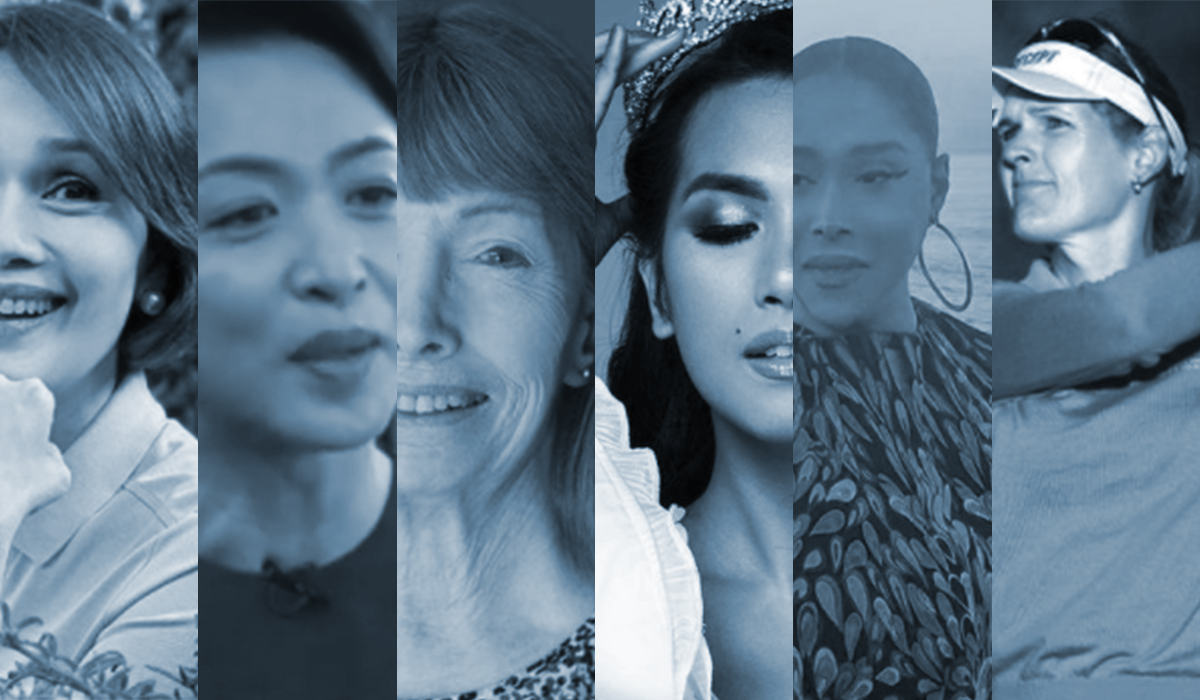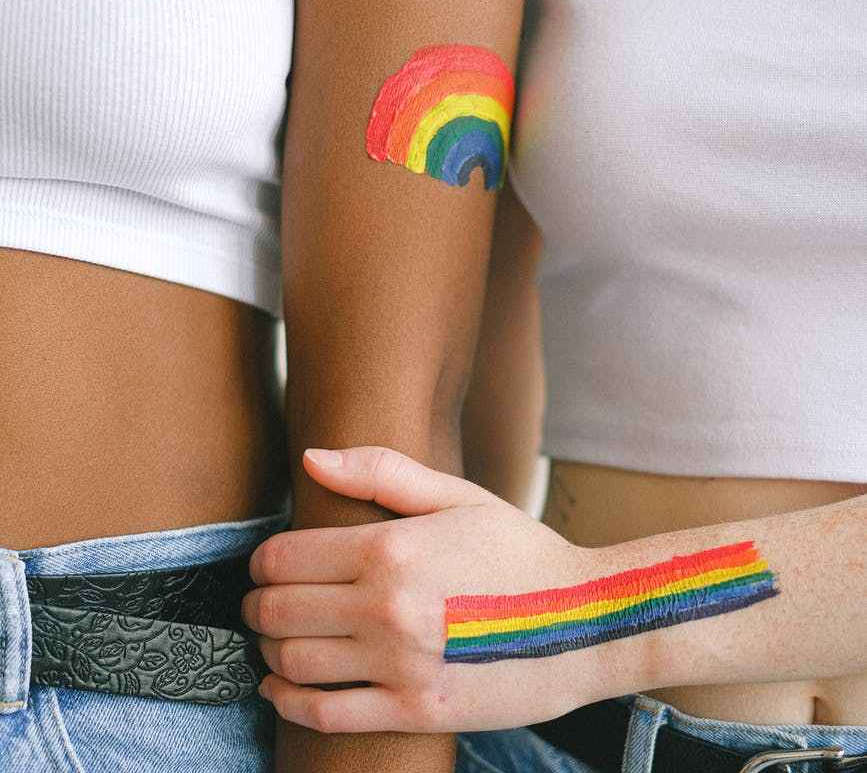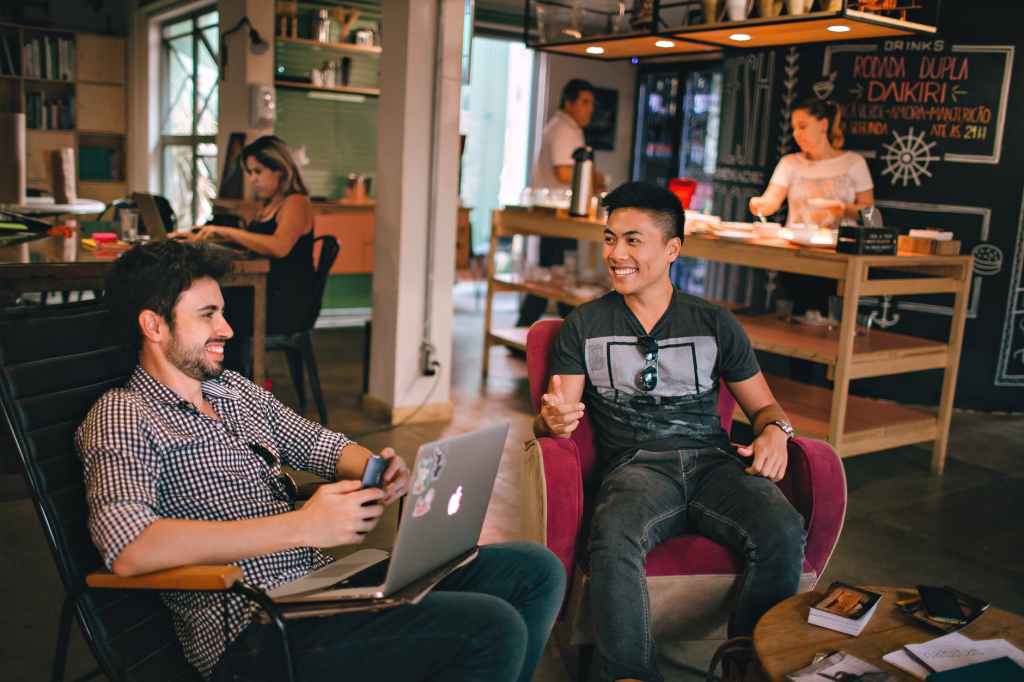Being an ally of the lesbian, gay, bisexual, transgender, and queer (LGBTQ+) community is not just about knowing LGBTQ+-related vocabulary by heart or lobbying for trans-inclusive bathrooms. Even young children can be considered allies when they treat all people — regardless of their sexual orientation, gender identity, gender expression, or sex charactertistics (SOGIESC) — with compassion, acceptance, and respect.
“Raising kids to be kind and accepting benefits not just the recipients of those kind acts but also the children themselves,” says Dr. Kathryn Braganza, a neurodevelopmental pediatrician practicing in Manila and mother of two children aged 18 and 6. “Being kind will make them feel good about themselves, ease their anxieties, make them happier, and boost their self-esteem.”
While it is easier to teach children to be allies when a relative is queer, even families without homosexual, bisexual, or transgender loved ones can raise children to be open and loving. Dr. Braganza, who also has a gay older brother living in the United States, shares some tips from her personal experience on how parents can create a culture of kindness and inclusivity at home:
“When my husband makes inappropriate jokes, for example, I call him out in front of the kids in a nice way. In other instances when it’s okay to do so, I politely share science-backed data to counter other people’s stereotypes and misconceptions.”
Kathryn Braganza, Neurodevelopmental pediatrician
- Embrace diversity. From a young age, expose your children to people, shows, music, or literature that positively represent a variety of SOGIESC. “In the building where I live, we have a transgender neighbor who dotes on my six-year-old daughter, hugging and kissing her all the time,” relates Dr. Braganza. “And because my husband and I did not make an issue out of it, my daughter thinks of her as just a loving neighbor and not ‘that transgender neighbor.’”
Many television shows now also have diverse casts and roles, so Dr. Braganza suggests that parents co-watch with children to better explain to them what they are watching.
Finally, let your sons wear pink, your daughters wear blue, and let them play with whatever toys they want. “In developmental pediatrics, we encourage parents to let kids engage in pretend-play, such as playing with dolls, to boost socio-emotional skills,” Dr. Braganza says. “Some parents have told me they are hesitant to let their sons play with dolls because they worry it would make him more feminine, but I just explain to them that research has shown that toys do not determine or influence gender identity.”
- Emphasize WE, not ME. Encourage your child to look for what they have in common with others instead of how they are different. Any time your child points out how someone is unlike them, Dr. Braganza suggests that you say, “There are lots of ways people are different from each other. Now let’s try to think of ways you are the same.”
- Encourage open and accepting minds. “You can model this in everything you do, even in situations that are not related to gender,” says Dr. Braganza. “When your kids see you treating everyone the same regardless of their social status or their appearance, they will also do it on their own.”
- Openly speak with pride and love about family members, friends, and colleagues who are LGBTQ+ (as long as they are out and are comfortable with you discussing them with others). “My brother came out to me and my parents just before I got married and we supported him whole-heartedly,” Dr. Braganza recounts. “So when my children were growing up, his sexual orientation was never an issue because they saw that their grandparents and I did not treat him any differently than other people. Before the pandemic, we would all even frequently visit him and his husband in the US and my children treated their relationship as something normal.”

- Be mindful of hurtful or derogatory comments or behavior. Children are always watching, so they will notice kindness, respect, and when you speak up on behalf of someone receiving unfair treatment. “Of course, choose your battles,” Dr. Braganza clarifies. “When my husband makes inappropriate jokes, for example, I call him out in front of the kids in a nice way. In other instances when it’s okay to do so, I politely share science-backed data to counter other people’s stereotypes and misconceptions. But when the hurtful remarks come from an elederly relative, for example, I just say quiet to show respect, but once we are at home I explain to the kids that what they heard was not right.”
“I also frequently tell my children that everyone is raised differently, so if other people give a different point of view, just be polite but at the same time they should be firm in their belief that they know what is right,” she adds.
- Answer children’s questions simply and honestly. How you respond can either create stereotypes or prevent them from forming. For very young kids, usually a one- or two-sentence answer is enough. Dr. Braganza gives some examples:
- “Mommy, he’s a man but why is he wearing makeup/dressing like a woman?”
Answer: “That’s what he likes to do, it looks nice anyway, right?”
- “Daddy, he is a boy, how can he be a girl?” (when referring to transgenders)
Answer: “He likes to be one, there’s nothing wrong with that.”
- “Why does she look like that/talk that way?” (when referring to someone with a different gender expression)
Answer: “That’s how she likes to look or talk, there’s nothing wrong with that.”
“In any situation, always tell your child that everyone has the right to choose how they want to express themselves,” she says.
- Ask yourself one critical question every day: “If my child had only my behavior to copy, would they be witnessing an example of what I want them to emulate?” “So always model kindness and optimism,” explains Dr. Braganza. In doing so, your children will learn to be allies and treat everyone with compassion and kindness.
- Update yourself on the latest facts about the LGBTQ+ community. There are many myths and misconceptions about sexual orientation and gender identity, so it is important that we educate ourselves to avoid inadvertently projecting obsolete ideas onto our children and tainting their views. “Update yourself with what science tells us about SOGIESC,” she suggests. “The internet has a wide array of information to get you started.”
MindNation also gives talks on SOGIESC in partnership with Balur Kanlungan, an online wellness community for LGBTQI youth in the Philippines; just email us at [email protected] to set a schedule.
If you need help on improving your communication skills or forming a closer relationship with your child, our psychologists and WellBeing Coaches are available 24/7 for teletherapy sessions. Rest assured that all conversations will be kept secure and confidential. Book a slot now through FB Messenger http://mn-chat or email [email protected].




